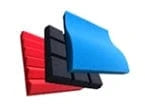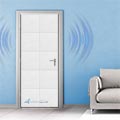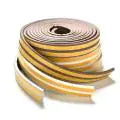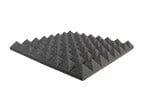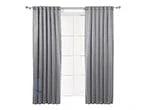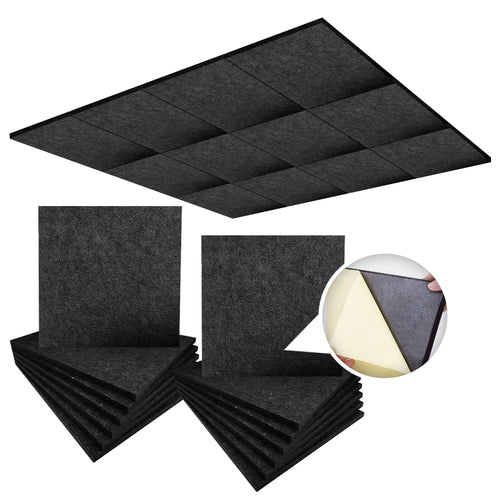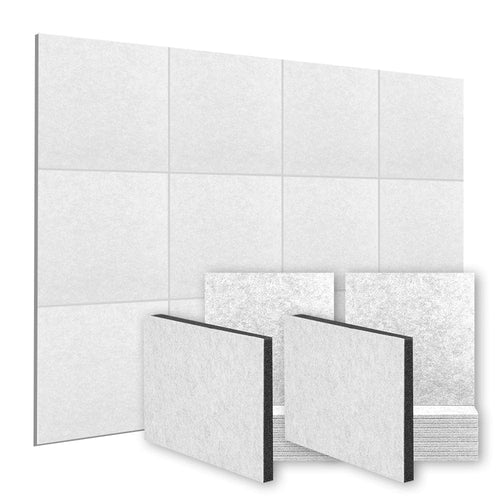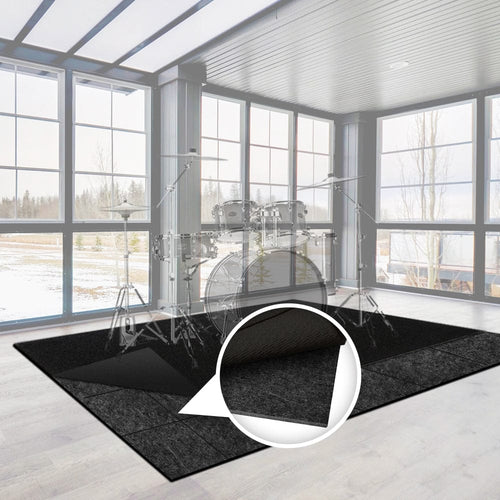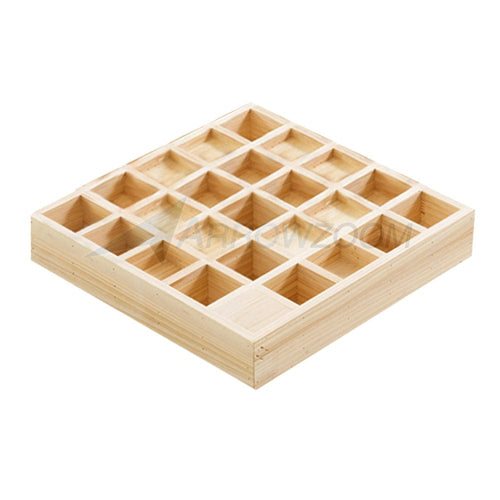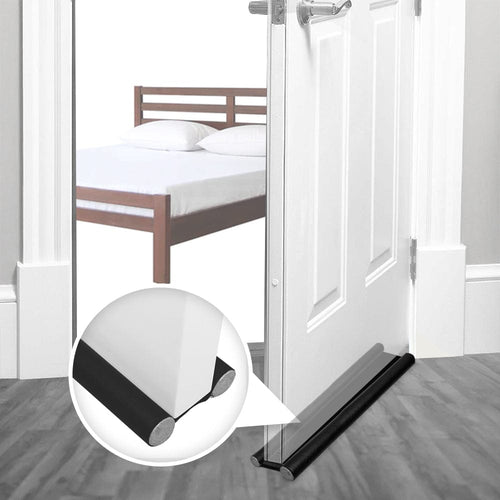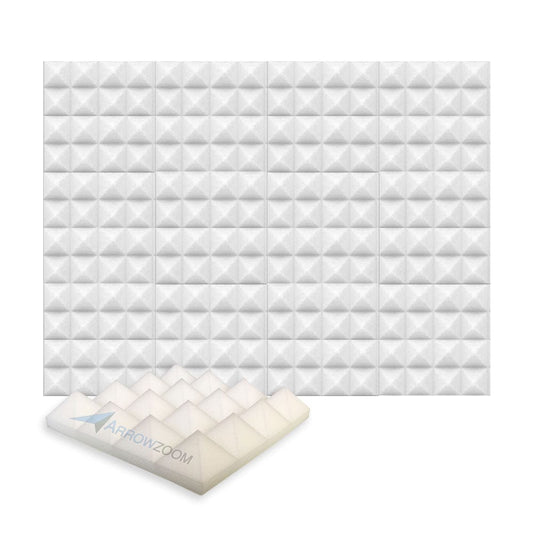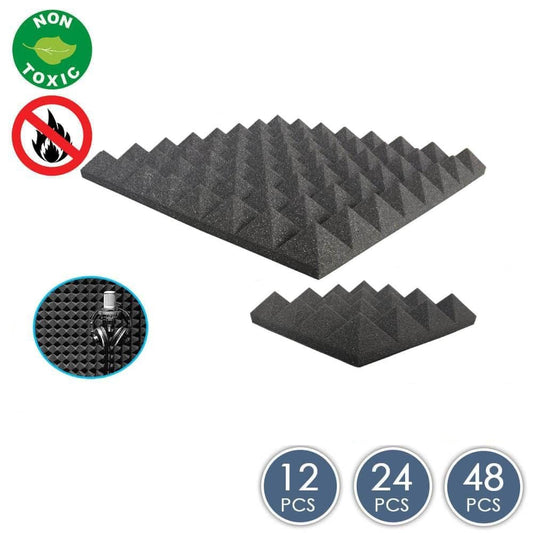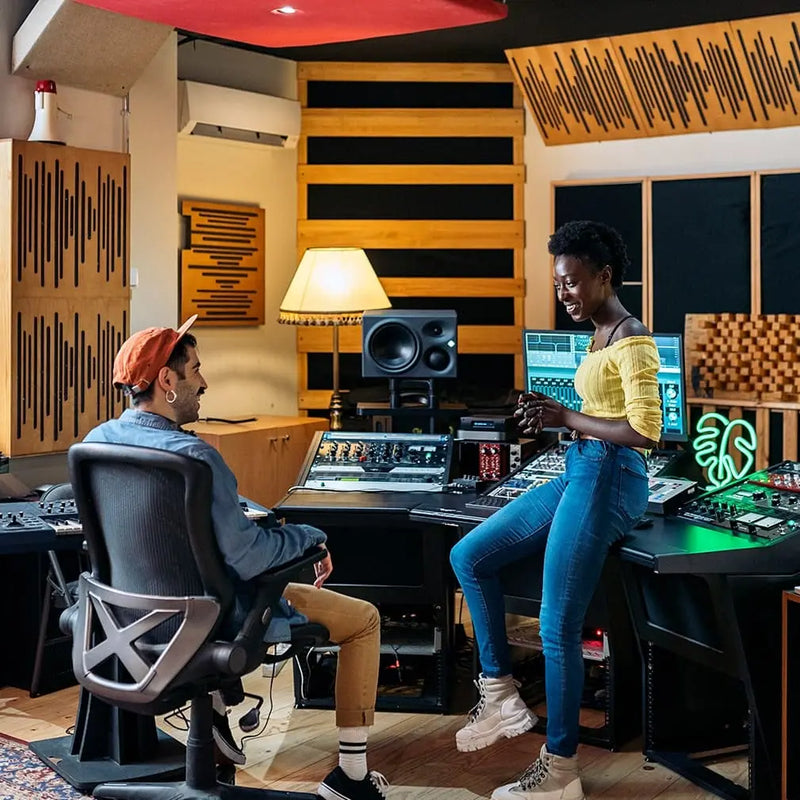TIEMPO REQUERIDO: 2 Horas | DIFICULTAD: Media
Antes de comprar una espuma acústica, seguramente tenemos algunas preguntas que queremos que nos respondan como, por ejemplo, ¿en qué tienda debo comprar las espumas?, ¿qué estilo debo probar?, o qué espumas acústicas debo probar para solucionar mi problema de acústica.
Una de las razones por las que usamos espuma acústica es por su conveniencia. Según Tommy Callaway, un creador de contenido tecnológico en Youtube, que una espuma de sonido no insonoriza. Puede hablar directamente a través de los paneles de sonido y no proporciona ninguna disipación de sonido. La estructura de Pyramid Acoustic Foams es mucho más densa. A diferencia de Wedge Acoustic Foams , proporciona un diseño conciso.

Pyramid Foams también nos puede proporcionar una forma diversa de uso. Si tiene una pared asimétrica, rara vez usamos una espuma acústica de cuña para llenar los huecos. Sin embargo, la espuma acústica piramidal puede resolver este tipo de problema porque se puede cortar fácilmente este tipo de espuma.

Para la instalación, las espumas de pirámide y cuña son fáciles de instalar. Ya no necesitarás ayuda profesional. Arrowzoom también es una ventanilla única para las instalaciones, lo que significa que también puede comprar las pestañas adhesivas en Arrowzoom. Las lengüetas adhesivas alivian los riesgos de instalación. Arrowzoom también ofrece diferentes tamaños, colores y estilos de espumas acústicas. Puede ver la reseña en video de Tommy Callaway como referencia.

Tampoco necesita preocuparse de que la forma pueda afectar la calidad de audio de la espuma acústica. Los productos Arrowzoom brindan una calidad excepcional y lo ayudarán a aliviar la contaminación acústica en su habitación o estudio. Probemos la espuma acústica Pyramid hoy.




